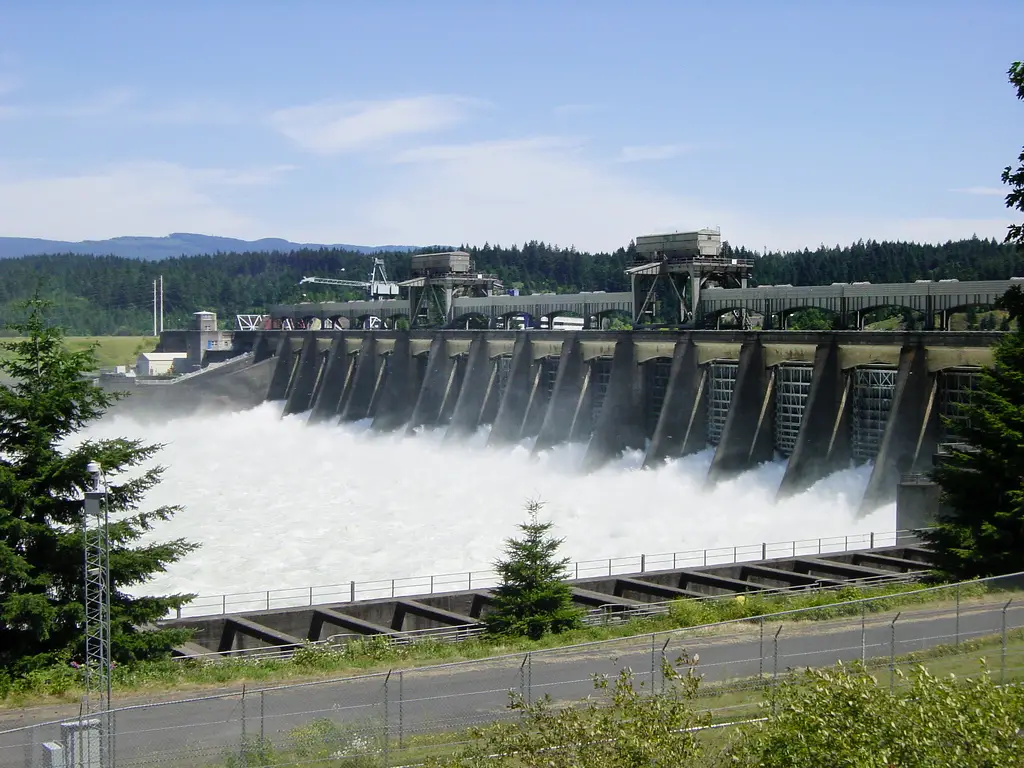Uganda Electricity Generation Company Limited corporate affairs manager, Simon Kasyate, pledged affordable power on completion of the current hydropower project developments. This was during a tour around the Karuma hydro power site.
The projects referred to include the Karuma and Isimba power projects. From these the government is promising to significantly reduce power tariffs once they become operational.
On completion, the Karuma and Isimba dams will generate a combined 783MW.
Government plans to prioritize meeting Uganda’s domestic and industrial electricity demands. “This will happen when the Karuma and Isimba power plants get operational. The reduction will allow them save as profits the money they now use in paying extra bills for electricity,” exclaimed Kasyate.
Also read:Uganda to borrow US $287m for rural electrification
Kasyate also said that a number of small and some large-scale industries in the country are failing to maintain business due to inflated power tariffs.
“As long as power is made cheap, those who use it for domestic purposes will be able to afford it. Those who use it for industrial purposes both small and big will also be able to afford it and reap big profits,” he noted.
The Energy Minister Irene Muloni, has acknowledged that lack of transmission networks could delay the distribution of a reliable power supply.
“In the next two years, we shall double our current capacity, which is at about 950MW. If we generate that power and want it to reach end users who are industries and our homes, both in cities, towns, and trading centers, we must have the transmission networks upgraded so that it is able to transmit huge volumes of electricity,” said Muloni.
Hydropower for export to neighbours
In August, Muloni signed an agreement with the Democratic Republic of Congo. From this agreement, UEGCL will be exporting power to the neighbouring country in the next three years.
The supply will be from Kasese District in Uganda to Beni city in north-eastern DRC, Butembo in North Kivu and finally to Bunia town in Ituri Province.

